By Idrissa N. Snider
On September 17th, the Abroms-Engle Institute for the Visual Arts (AEIVA) premiered its opening of the “Marking Time: Art in the Age of Mass Incarceration” exhibition. The installation showcases work by incarcerated and non-incarcerated artists “concerned with state repression, erasure, and imprisonment.”
As guests perused various drawings, paintings, sculptures, photographs, and other mixed-media artifacts – all reflecting the dismal state of the nation’s prison system – looming over the night’s events was the upcoming special legislative session scheduled for Monday, September 27th to address Alabama’s prison crisis.
The exhibit is a physical and symbolic embodiment of what is occurring in our state, where prison conditions are so catastrophically bad that the U.S. Department of Justice is suing the Alabama Department of Corrections for subjecting its prisoners to cruel and unusual punishment. “Marking Time” recognizes talent from people who are often stereotyped as fully criminal to the exclusion of any other identity. It is also a sobering and daunting reminder of the systemic challenges facing the women and men who are incarcerated.
The argument against reform boils down to the notion that people who are incarcerated in Alabama need to stay in our deadly prisons for long periods, maybe even until they die, because they are irredeemable. One key strategy to tackle this problem is to reduce incarceration while investing in people and programming outside the prison walls.
“Marking Time” is a shining example of what can occur when we put funding into rehabilitation and programming. Among others, it features work by Appleseed client and staff member Ronald McKeithen, who served 37 years in prison for a convenience store robbery. McKeithen’s “Black Lives Matter” (2020) print is placed in the center of a collage of sketches by other Alabama artists before you enter the exhibit. The pain of resistance is present in his piece and in works like Tameca Cole’s “Open Wounds: Feel Mary Turner” (2021) paper-mache sculpture advocating against violence targeted towards women of color.
Yet the beauty of these artworks also resonates. George Anthony Morton’s “Mars” (2016) graphite and chalk rendering captures the elegant splendor of Black beauty and femininity. Just as Dean Gillispie’s “Spiz’s Dinette” (1998) sculpture made of tablet backs, stick pins, popsicle sticks, and cigarette foil repurposes menial everyday objects into something of value.
Creating such stunning pieces of art, while enduring the hardships of prison life with little to no resources is reminiscent of the tradition of enslaved Black women seamstresses who made elaborate quilts out of scraps of tattered and discarded fabric to tell their stories. Art gives voice and agency to the oppressed and marginalized. “Marking Time” brings an often-forgotten population of people into the high society of the art world, and it is reflexive of the many issues facing Alabama’s prison system.
In the face of a federal lawsuit over the state’s horrific prison conditions, overcrowding, and overall safety of inmates, the debate over roughly $1.2 billion in funding for new prisons is taking place in one of the nation’s poorest states. In the same way “Marking Time: Art in the Age of Mass Incarceration” displays the tension between justice and systemic barriers within our prison system, Alabama sits at the intersection of perpetuating age-old practices of mass incarceration and fundamental prison reform.
“Marking Time” is organized by Nicole R. Fleetwood, Ph.D., James Weldon Johnson Professor of Media, Culture and Communication at New York University, and reflects her decade-long commitment to research and programming on the visual art and culture of mass incarceration. The exhibition will show through December 11th at UAB’s AEIVA center and will feature a talk with Alabama Appleseed’s Executive Director, Carla Crowder, and artist Ronald McKeithen on October 12 , 2021. To register for this free event, click here for the online presentation and here to attend in person. To learn more about the exhibition, click here.
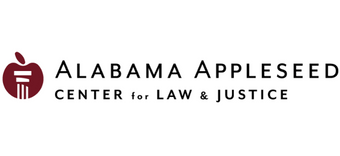
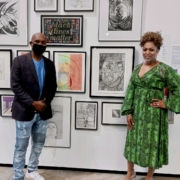
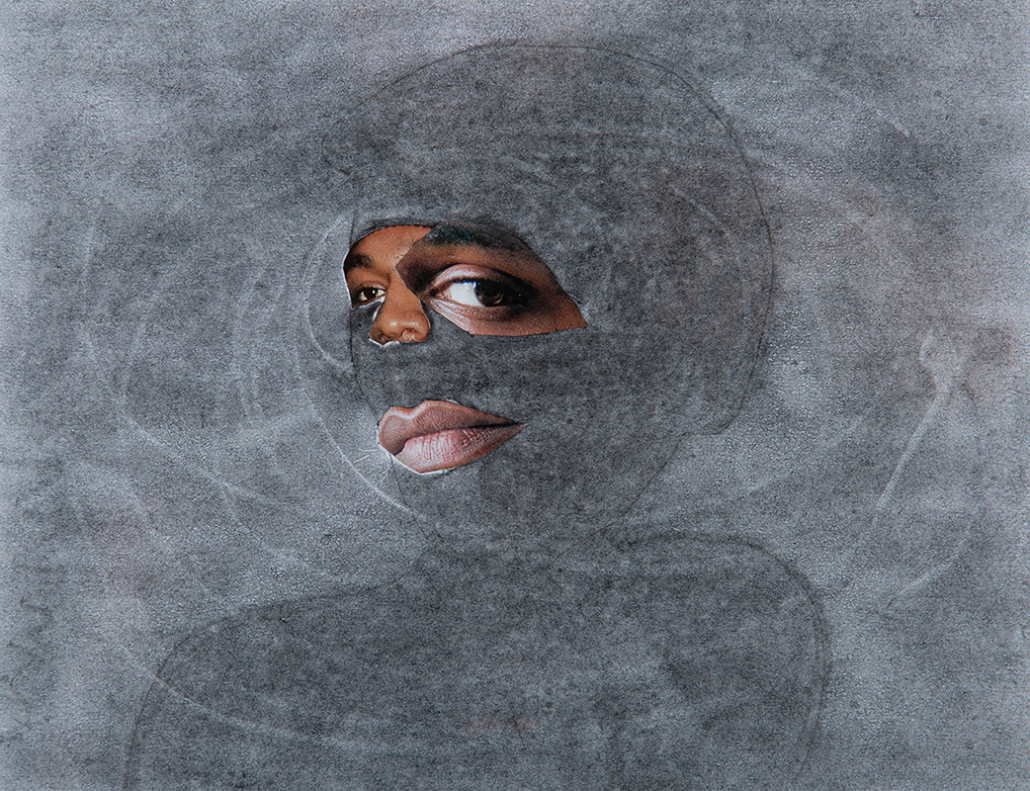
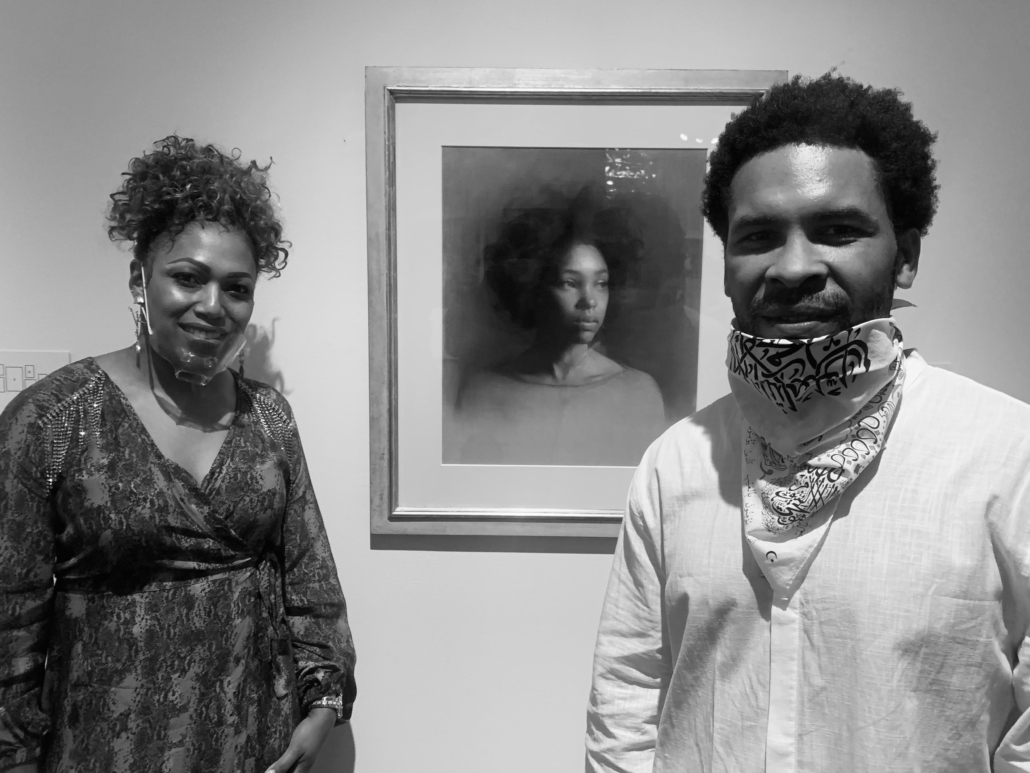
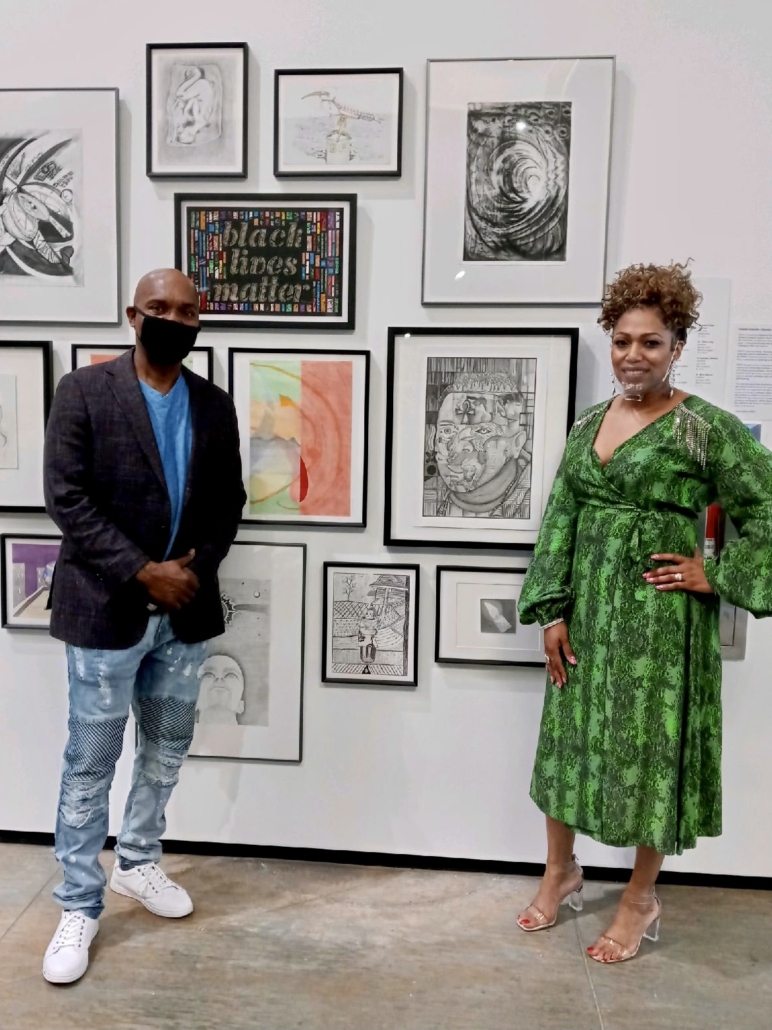

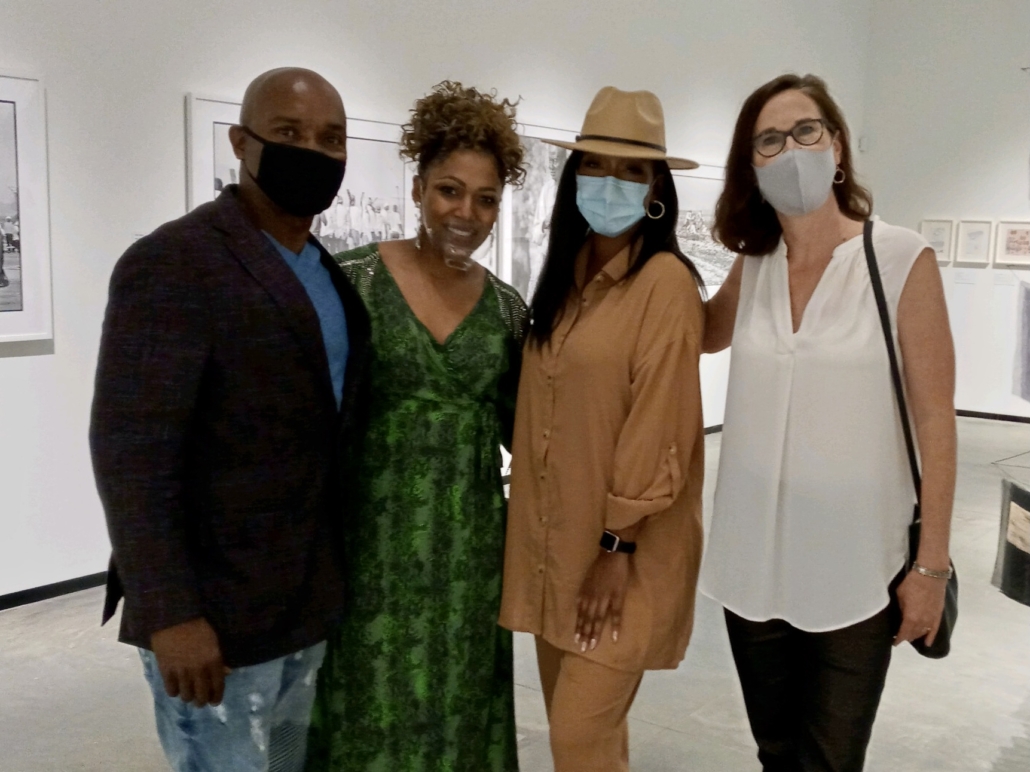




Leave a Reply
Want to join the discussion?Feel free to contribute!